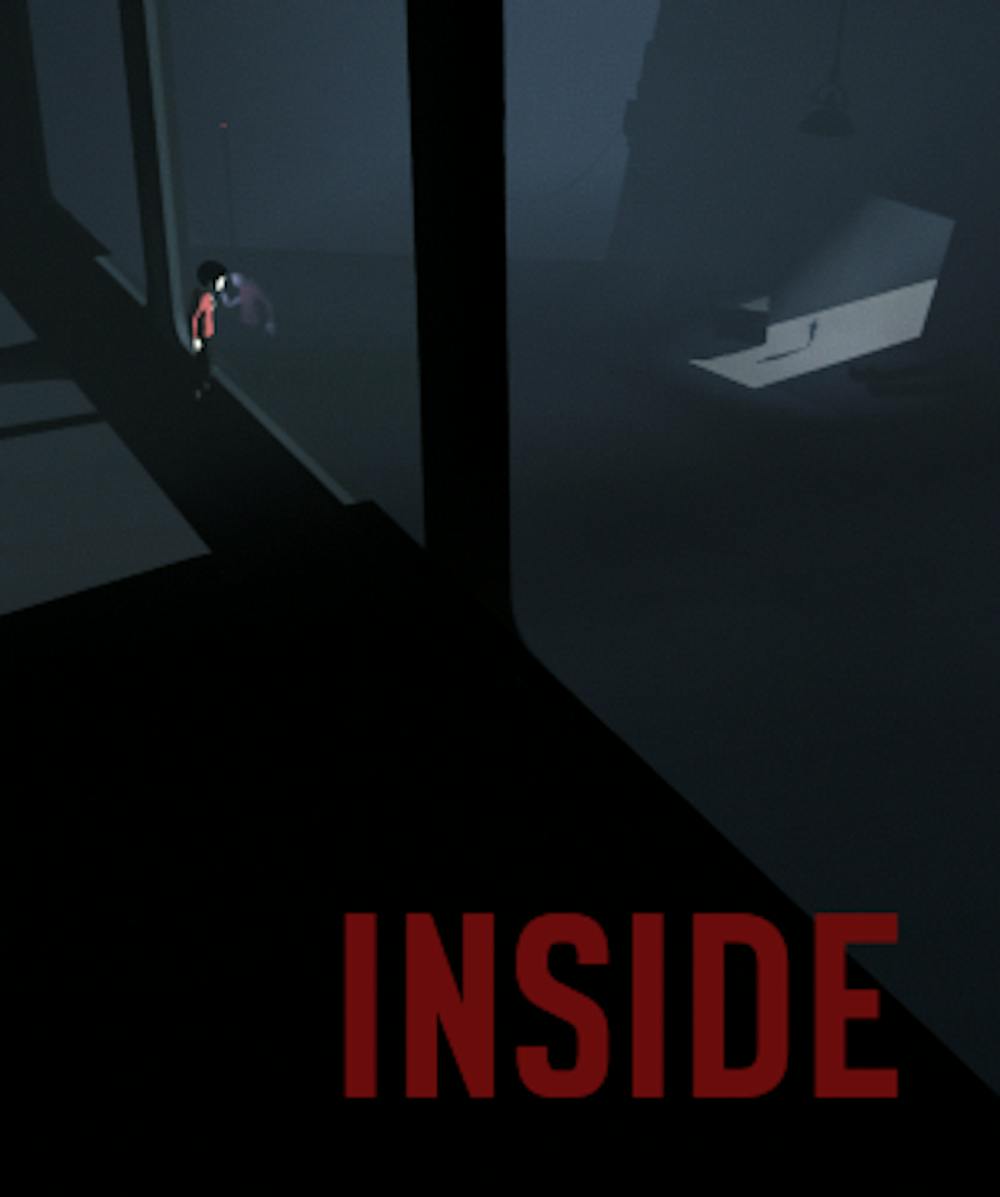“Inside,” the second game from the independent studio Playdead, matches extraordinary 2D platforming and puzzles with a mysterious and creepy tone to create one of the most memorable and stylistic video game experiences of the year.
With “Inside,” Playdead used a similar tone and ambiguous storytelling style that they used in their first game, “Limbo.” While Playdead might have stuck to what they know by making another game in the puzzle-platformer genre, they perfected and enhanced their craft, resulting in beautifully designed levels that challenge the player in creative ways.
“Inside” begins with the player controlling an unnamed boy in a dark patch of woods. After progressing a short distance, the player quickly learns that the boy is in danger as several men in a large truck begin to track him down, brutally killing him if the player fails to stay hidden or out-run them. From this point, the story grows darker and more mysterious and becomes deeply intriguing and addicting, all without dialogue or text.
Each section of the game is filled with a variety of different puzzles that the player has to figure out in order to continue, and this is where “Inside” shines as a remarkable game. “Inside” does what every great puzzle game should do in that it teaches you basic mechanics early on and then slowly adds more layers and changes the layout of them so that the player can use what they have already learned to solve the puzzle. When I would get stuck on a puzzle in “Inside,” it was because I wasn’t looking at it the right way, and after thinking about it for a few minutes I would have a sudden moment of realization.
This is essentially what the gameplay loop of “Inside” is. You learn a mechanic, see variations on it, get stumped by a more challenging puzzle and then feel strong satisfaction once you figure it out. This loop works very well because the game continues to put new twists on its puzzle elements and each puzzle feels like it’s well thought out.
Along with its carefully designed puzzles, “Inside” truly stands in a realm of its own when it comes to tone and style. The game’s color pallet is very dark with patches of brighter colors spaced out conservatively, giving them a greater effect. The dark color choices, eerie music and stretches of complete silence all merge together to make the player feel uneasy, but by far the most terrifying part of the game is its enemies.
There is no attacking in “Inside,” meaning that if an enemy comes after the player, there is no choice but to run or use something to block their path. Adding onto this, almost every time an enemy charges, the window of opportunity to escape being killed is a second or less. This means that oftentimes the player will just barely evade an attack, and when they fail, the death animations are incredibly brutal and chilling. Multiple times my main motivation for getting past a certain area was to avoid watching my character die again because of the uneasy feeling it gave me.
“Inside” is also yet another recent example that a game doesn’t need to be long to be a quality experience. While Playdead could have dragged the game out with repetitive puzzles and forced story sections like many games have been known to do, they instead chose to create a polished and nearly flawless three-hour experience that stays interesting the entire time.
With smart and challenging puzzles, an impactful tone and a story that will be talked about and theorized for years to come, “Inside” truly is a masterpiece and a wonderful step forward for Playdead as a studio.

